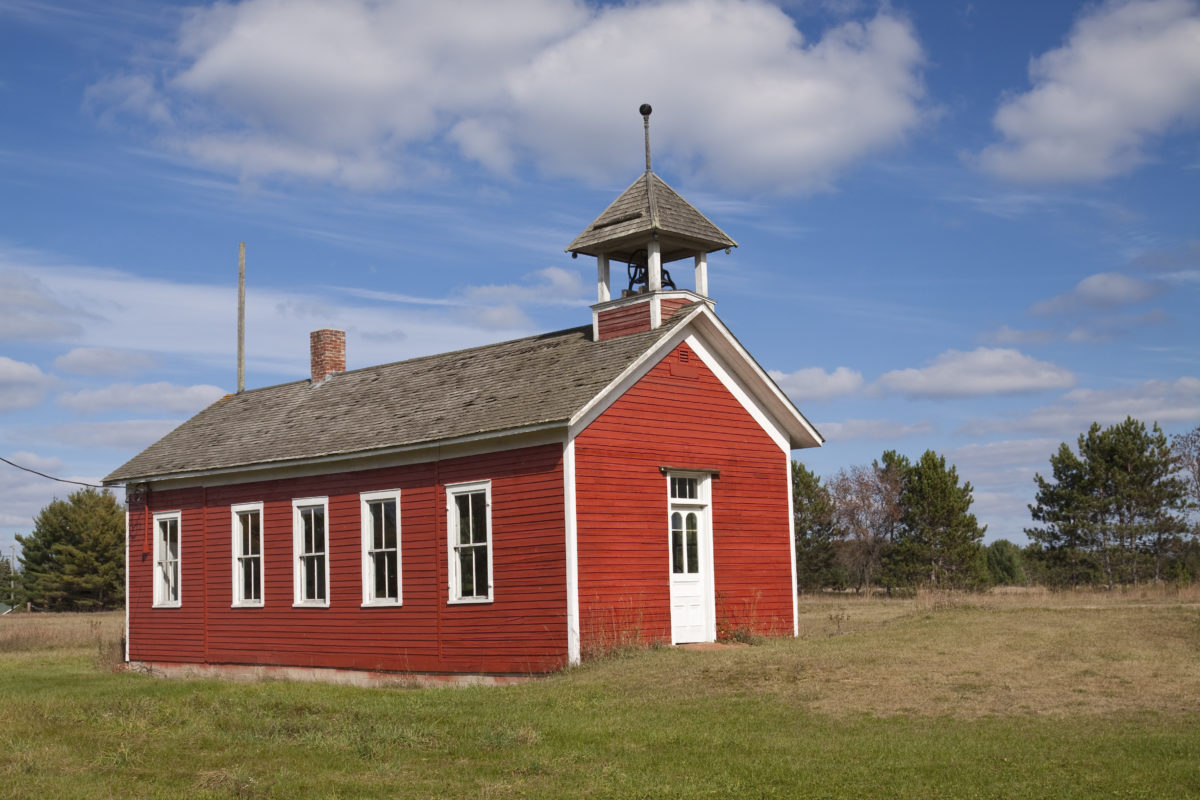The Bottom Line Schools Fundamentally Unchanged Since 1918
“All parents should be able to know what their children are learning, and for those paying attention in the coming weeks, the virus offers a chance for them to do just that.” So concludes Jonathan Butcher, senior policy analyst in the Center for Education Policy’s Institute at The Heritage Foundation in his recent essay on social distancing and parents witnessing their children’s education.
Butcher’s points about parents’ need to understand what their children are learning and the opportunity afforded by this period of Coronavirus response are well taken.
Tough times can spur educational innovation. Now is the time for a complete reassessment regarding how we educate—and the students have to come first. Someone once said, “If Rip Van Winkle had gone to sleep January 1, 1900 and woke up on January 1, 2000, the only aspect of our society that would be familiar would be the school.” While some curriculum has changed and new studies evolve, fundamentally, our government schools still operate as the factory education model.
This is in stark contrast to some new educational models that are forming in the private sector. Take for example, Prenda, a new micro-school system in Arizona. At Prenda schools there are no age restrictions. Rather, the learning readiness of the child determines where they are placed. The curriculum is broken into three parts: conquer, collaborate, and create. This gives students a sense of control over their education. During the conquer period children set goals for the basics: writing, math, science, and reading. During collaboration, students work with their peers to select projects that are of interest to them. For example, if the class focus is on India, students can then select the economics, history, or arts of India and study that aspect of the country. Shifting to create, students create an entire project that fits their interest, making a presentation and fielding questions after completing their research.
Despite these kinds of improvements elsewhere over the last 50 years, government schools continue to teach without much aid of technology. Even with the copious amount of information we can access, our schools continue to emphasize uniformity and restrict out-of-the-box thinking, leaving little room for new technological teaching techniques and innovation.
Further, government schools often fail to support a student’s strengths and passions, but instead forces students to follow arbitrary tasks largely aimed at training them to pass tests.
Don Nielsen, program chair to ACTE, uses the example of a quadratic formula. The mathematical concept has been taught over multiple generations. But it’s something most never come across in their daily lives. Not very innovative.
Butcher stresses that “when parents send children back to brick-and-mortar schools, they should do so ready to raise questions, prepared with more information.”
Indeed. But there’s a more foundational problem. We aren’t designing an education system to prepare students with the skills required to solve problems, innovate, and succeed in today’s society.
It’s time to start!


